Design Rewind: Open-Source GPS Tracking, Net Radio, and More Engineering
December 26, 2023
on
on
With 2024 just around the corner, let’s take a look back at designs and engineering articles from previous December editions of Elektor Mag. We have something for everyone, including an open-source GPS tracking solution, an Internet radio project, and a DIY universal timer switch. Enjoy!
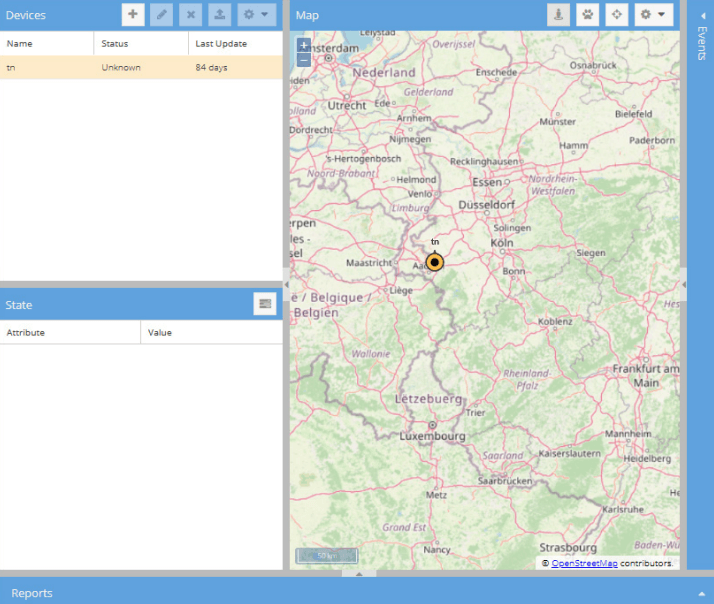
Traccar software is compatible with x86 computers operating on both Windows and Linux, as well as Linux systems running on ARM architecture, exemplified by devices like the Raspberry Pi. This open-source solution is specifically crafted for the purpose of tracking mobile assets.
“Having access to all your data provides flexibility in processing it further, building on the tracking capabilities and improving the system’s functionality,” M. Claussen wrote. “The data can also be imported and processed with little effort to the ResQ Search and Rescue Tools project on our project platform, Elektor Labs. This would allow tracking maps to be created, displaying the position of a missing person in a remote location where there is no cellular coverage if the phone’s Wi-Fi or Bluetooth beacon signals can still be detected.”
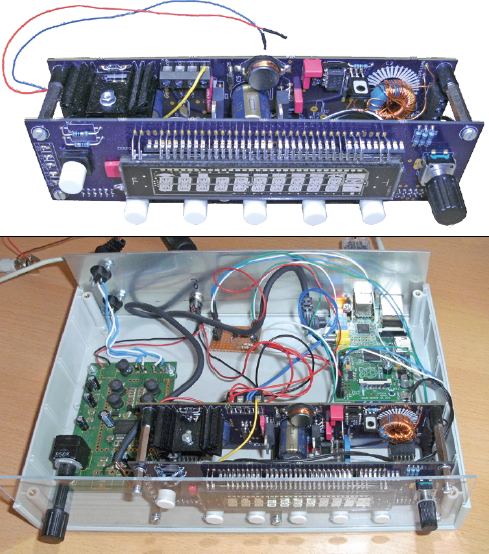
“After populating the boards and initial tests the two boards can be bolted together to form a compact module,” the designer noted. “The module can then be mounted in a box along with the Raspberry Pi. [The image] shows the prototype built into a clamshell enclosure. The board on the left converts the 12 V from the external power supply into a stable 5 V supply, which is also used to power the Raspberry Pi.”
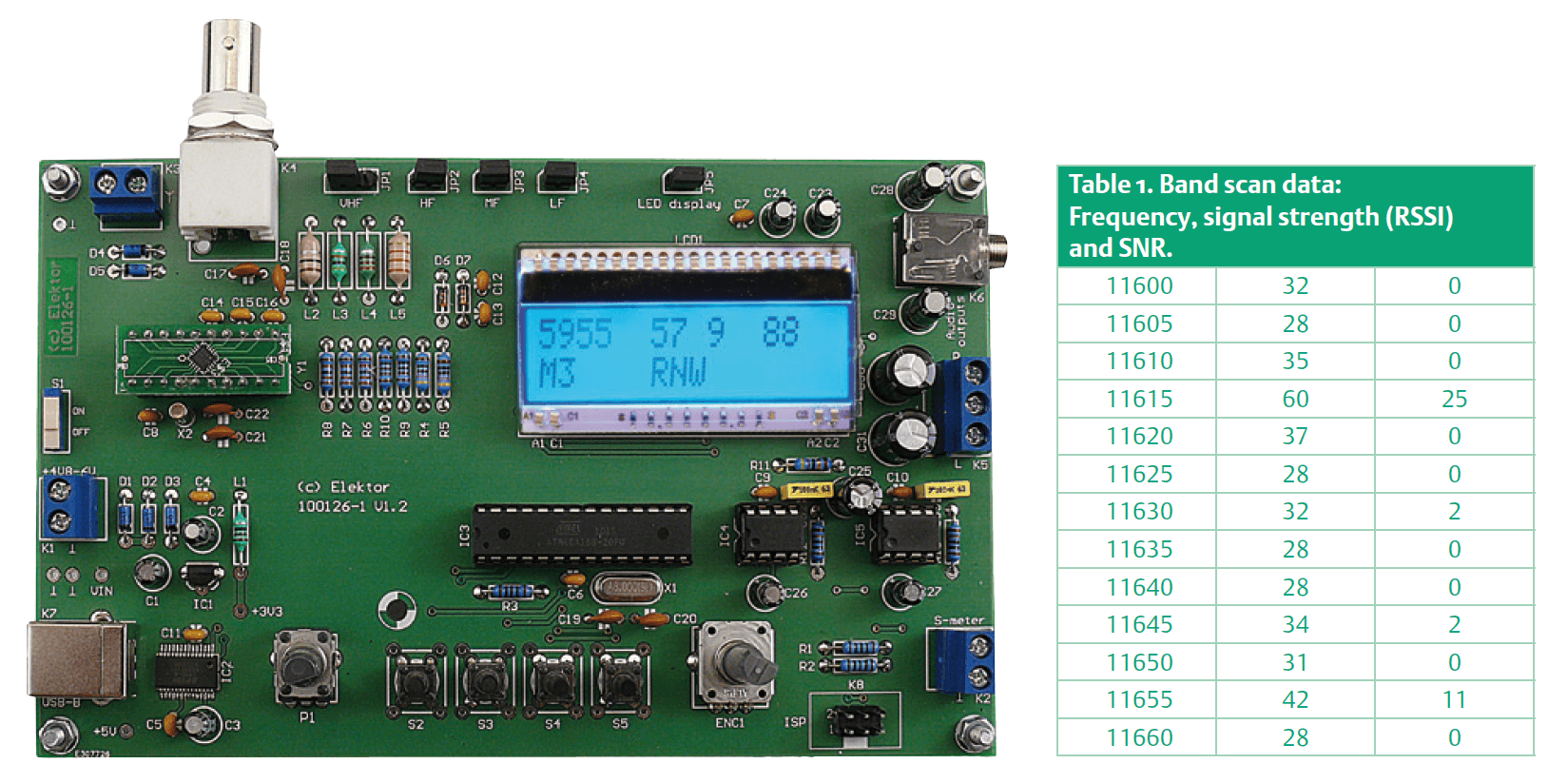
"The DSPscan software presented here runs on a PC and controls the DSP radio, using it as the front end to a rudimentary RF spectrum analyser," the author explains. "It plots band occupancy showing received signal strength (RSSI) and signal to noise ratio (SNR) of signals in the band selected and can be pre-programmed to scan at scheduled times."
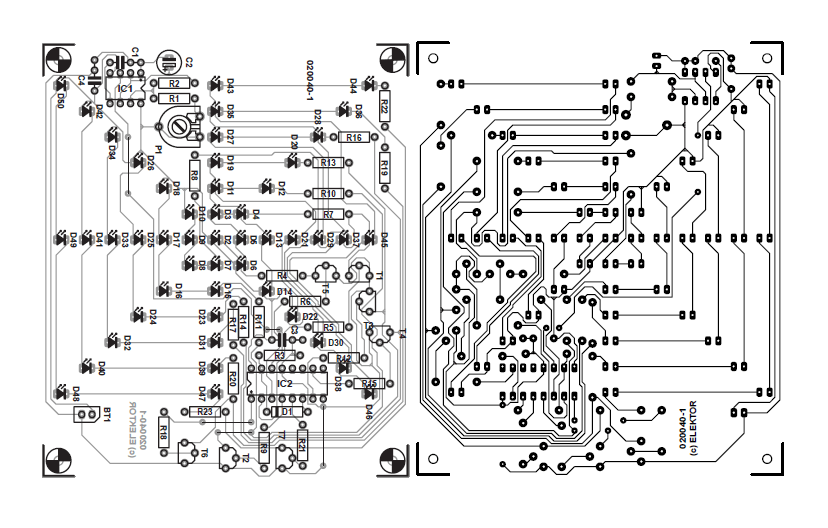
"The operation of the circuit is just as sample as the light effect produced," the designer explained. "A 555-based timer is configured as an astable multivibrator clocking a decimal counter (IC2). After a reset, output Q0 is activated. The next output on the counter, Q1, is activated on the next clock pulse, and so on. The counter outputs control the LEDs via buffer transistors. The seventh clock pulse causes a reset pulse and so forces the counting to start at Q0 again."
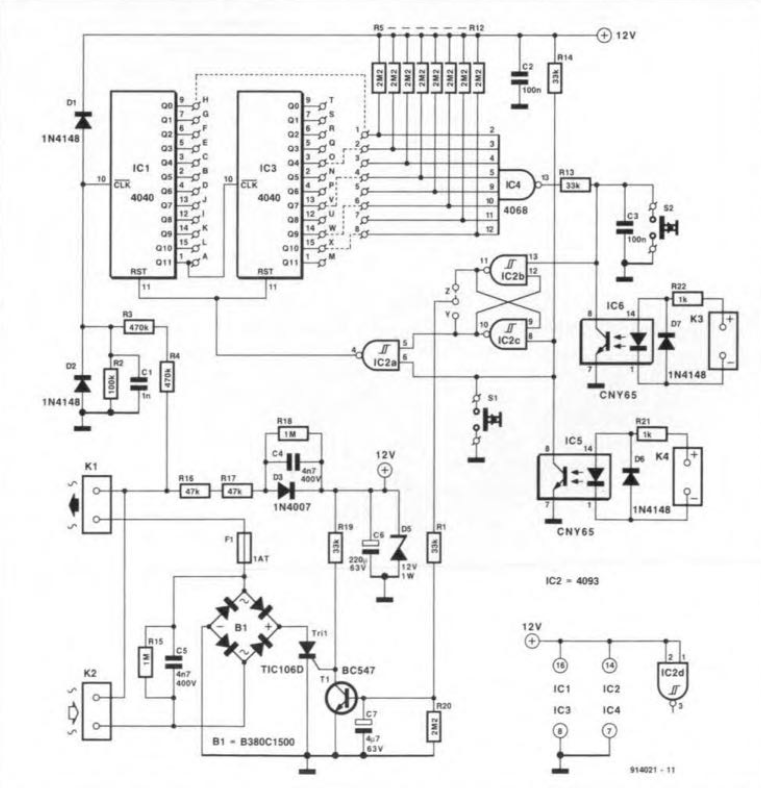
Constructing the time was fairly straightforward. "A minimum of wiring is required since all parts are contained on a single printed circuit board. The start and stop switched must be rated at 250 V because they are at mains potential."
An Open-Source GPS Tracking Platform (Dec 2021)
You likely have access to various GPS tracking modules. But analyzing all the data can be a challenge. That’s why Elektor published an article about Traccar, an open-source software solution that enables you to host the data yourself. The project involved installing Traccar on a Raspberry Pi.
Traccar software is compatible with x86 computers operating on both Windows and Linux, as well as Linux systems running on ARM architecture, exemplified by devices like the Raspberry Pi. This open-source solution is specifically crafted for the purpose of tracking mobile assets.
“Having access to all your data provides flexibility in processing it further, building on the tracking capabilities and improving the system’s functionality,” M. Claussen wrote. “The data can also be imported and processed with little effort to the ResQ Search and Rescue Tools project on our project platform, Elektor Labs. This would allow tracking maps to be created, displaying the position of a missing person in a remote location where there is no cellular coverage if the phone’s Wi-Fi or Bluetooth beacon signals can still be detected.”
Subscribe
Tag alert: Subscribe to the tag GPS and you will receive an e-mail as soon as a new item about it is published on our website! Internet Radio with Fluorescent Display (Dec 2016)
Back in 2016, M. Bussar presented a DIY radio design featuring an old-school fluorescent display. The modern twist was a Raspberry Pi and an Internet connection. The first PCB carries the display along with its drivers and latches, six buttons, and a rotary encoder with a push switch. A second PCB includes the power supply and an ATmega32 MCU. The modules is mounted in a box with a Raspberry Pi.
“After populating the boards and initial tests the two boards can be bolted together to form a compact module,” the designer noted. “The module can then be mounted in a box along with the Raspberry Pi. [The image] shows the prototype built into a clamshell enclosure. The board on the left converts the 12 V from the external power supply into a stable 5 V supply, which is also used to power the Raspberry Pi.”
Subscribe
Tag alert: Subscribe to the tag Raspberry Pi and you will receive an e-mail as soon as a new item about it is published on our website! Elektor DSP Radio Scanner: Monitor, Log and Scan (Dec 2010)
Which antenna is optimal? When is the right time of day to receive a specific broadcast station? What is the source of ambient noise? Important engineering questions, right? The adaptable Elektor DSP radio is exceptionally well-equipped to address these queries, especially when you use PC-based scanning software.
"The DSPscan software presented here runs on a PC and controls the DSP radio, using it as the front end to a rudimentary RF spectrum analyser," the author explains. "It plots band occupancy showing received signal strength (RSSI) and signal to noise ratio (SNR) of signals in the band selected and can be pre-programmed to scan at scheduled times."
Subscribe
Tag alert: Subscribe to the tag DSP and you will receive an e-mail as soon as a new item about it is published on our website! A Star for Christmas (Dec 2002)
For the 2002 holiday season, Elektor presented a fun circuit that acted as a simple light effects generator. The design produced the impression of a star and thereby made an ideal Christmas ornament or decorative element.
"The operation of the circuit is just as sample as the light effect produced," the designer explained. "A 555-based timer is configured as an astable multivibrator clocking a decimal counter (IC2). After a reset, output Q0 is activated. The next output on the counter, Q1, is activated on the next clock pulse, and so on. The counter outputs control the LEDs via buffer transistors. The seventh clock pulse causes a reset pulse and so forces the counting to start at Q0 again."
Universal Time Switch (Dec 1991)
At the end of 1991, Elektor presented a simple, low-cost timer with a timing range of a less than 1 s to several hours and a thyristor-based mains interface capable of controlling inductive loads. Check out the design!
Constructing the time was fairly straightforward. "A minimum of wiring is required since all parts are contained on a single printed circuit board. The start and stop switched must be rated at 250 V because they are at mains potential."
Subscribe
Tag alert: Subscribe to the tag Retronics and you will receive an e-mail as soon as a new item about it is published on our website! More Projects, More Engineering
In the coming weeks, we will highlight more classic Elektor projects, articles, and engineering tips. If you have feedback, please share your thoughts in the comments section below. The creative engineering never stops! Subscribe
Tag alert: Subscribe to the tag Design Rewind and you will receive an e-mail as soon as a new item about it is published on our website! Read full article
Hide full article


Discussion (0 comments)